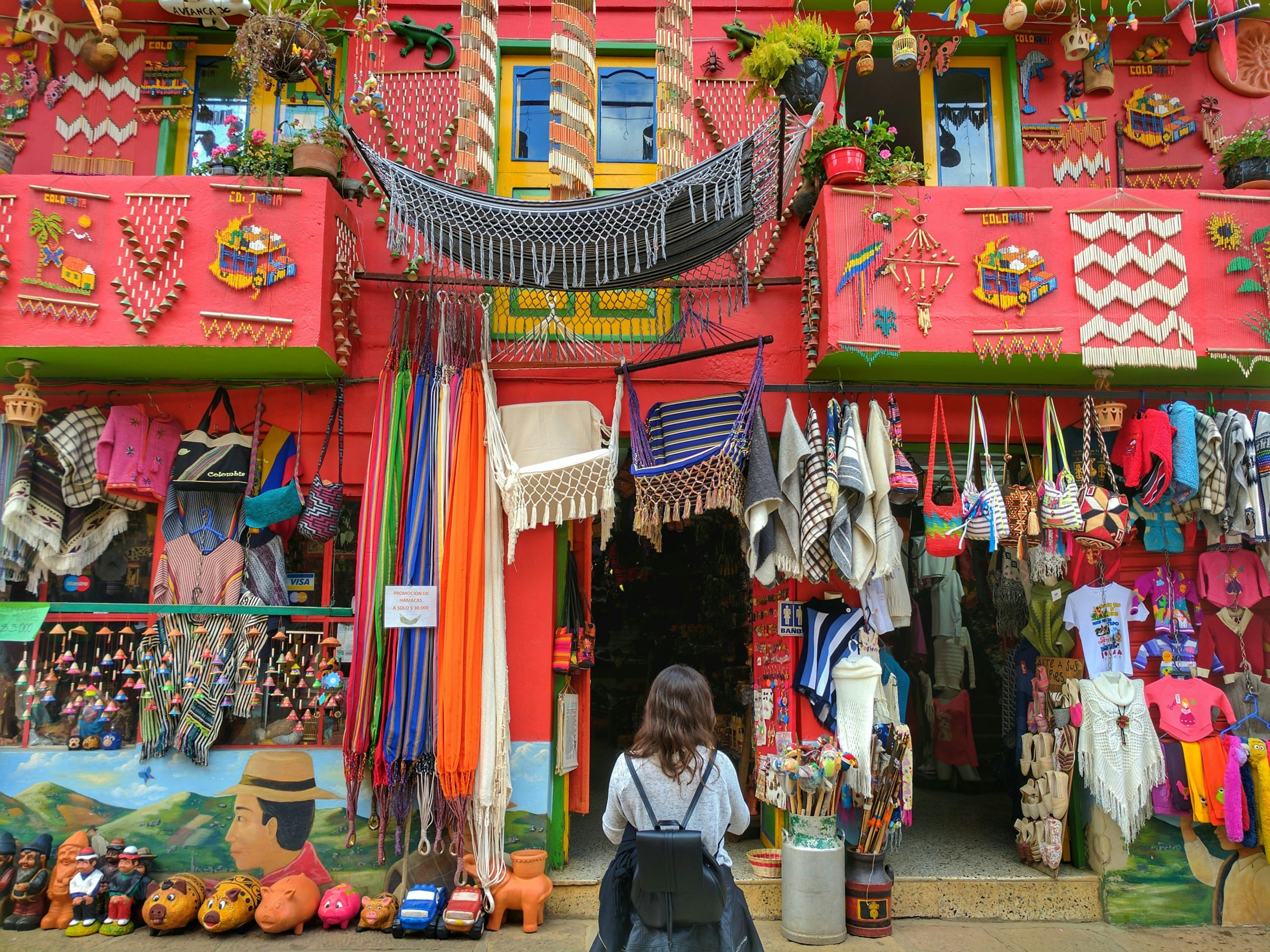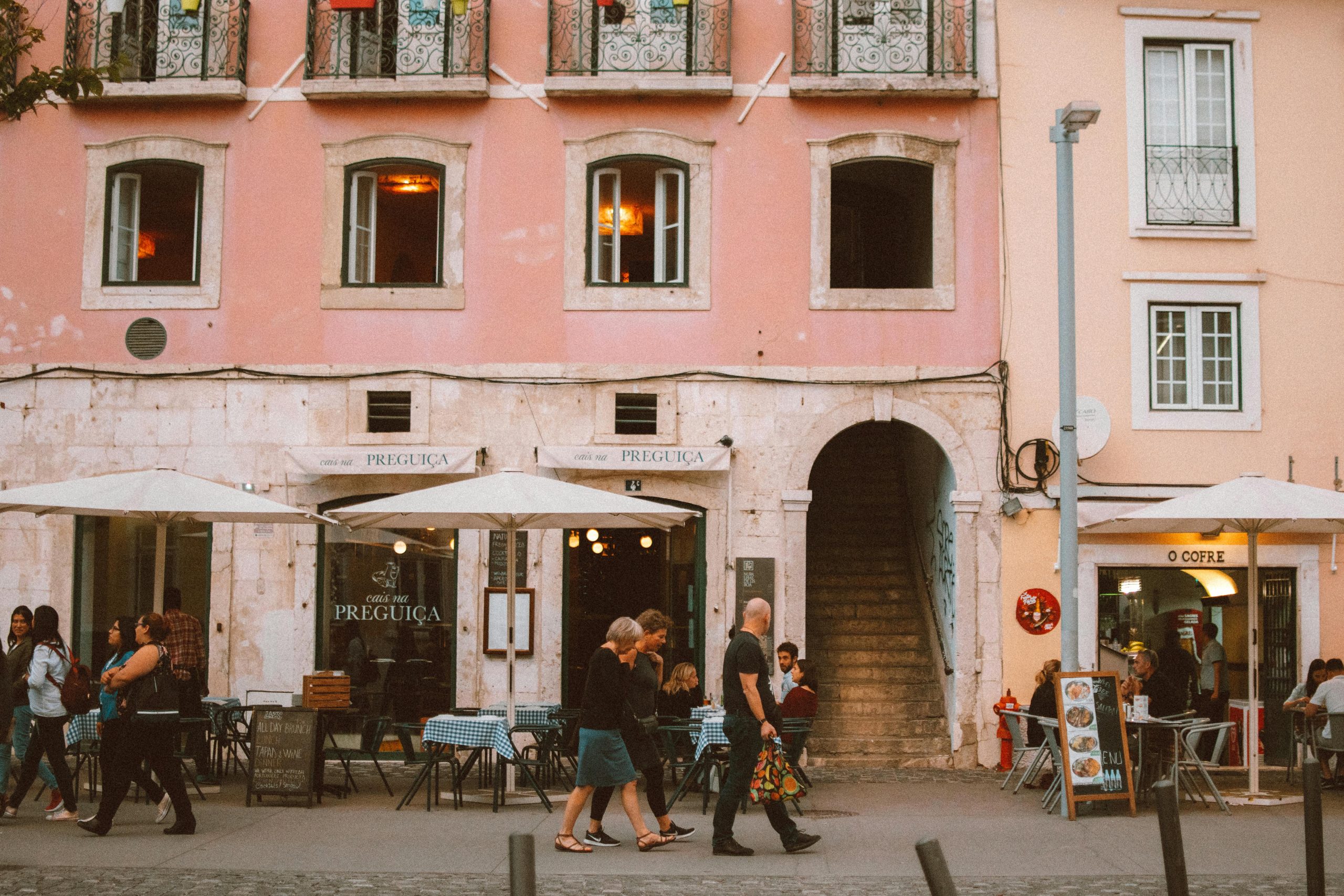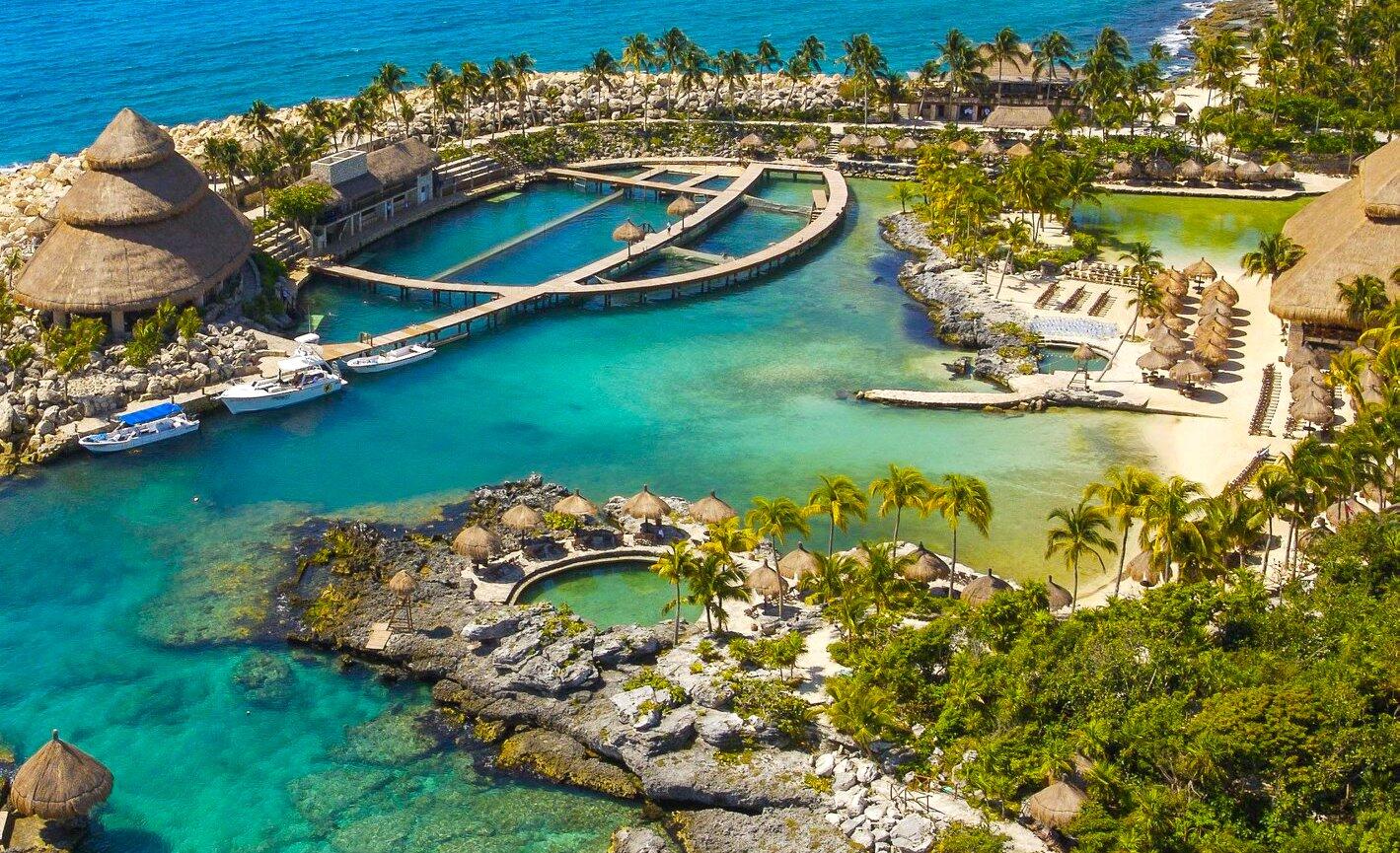The Impact of the Orange Economy on the Development of Emerging Tourist Destinations
In recent years, I have witnessed the growth and significance of the orange economy, which has made a substantial contribution to the gross domestic product (GDP) of various countries. This is particularly notable in Latin America, where growth is evident in areas such as job creation and exports. Mexico is a standout example; according to a report published by Wortev Capital a few years ago, this industry accounted for 3.1% of national employment. Before continuing, it is essential to briefly review that when we refer to the “orange economy,” we are talking about creative and cultural industries that drive economic growth through job creation and social development while promoting creativity, innovation, art, and artistic expression. According to UNESCO, these industries represent 3% of the global GDP. The orange economy has a significant impact on tourist destinations, serving as a diversification mechanism that reduces reliance on traditional sectors. Among the emerging tourist destinations fostering this industry is Colombia, which has developed tourism routes in cities like Medellín and Bogotá, where urban areas have been revitalized, jobs were created, and local urban art, music, and cuisine have served as an attraction to international tourists. Another notable country is Brazil, where the orange economy is prominently
Europe vs. Latin America: The Predominant Approach to Tourist Destinations
In the broad spectrum of global tourism, travelers' preferences play a decisive role in the development and popularity of tourist destinations. Europe and Latin America, each with their distinctive characteristics, have adapted their offerings to satisfy the interests and demands of international tourists. Europe and Latin America are regions with an unparalleled demand for tourists, but what do travelers really look for when choosing between Europe and Latin America? Europe: Culture and History Europe continues to be a magnet for travelers seeking a deep cultural and historical immersion. According to a study by the European Tour Operators Association, travelers choose Europe for its rich cultural heritage, iconic monuments and museums, and the opportunity to experience a diversity of cultures in close proximity. Cities like Paris, Rome, and Barcelona lead the preferences thanks to their unique blend of art, history, and gastronomy. Sustainability is also becoming a crucial factor. With a growing number of tourists concerned about the environmental impact of their travels, destinations like Amsterdam and Copenhagen that promote sustainable tourism practices are gaining popularity. These cities not only offer a rich cultural experience but also allow travelers to maintain an ecological approach. Latin America: Adventure and Nature Meanwhile, Latin America attracts those in search
Grupo Xcaret Success Story
Tourism is a cornerstone of the Mexican economy, and one of the standout destinations in this industry is the stunning Riviera Maya. In this setting, Grupo Xcaret, a 100% Mexican company and a leader in sustainable tourism, has grown alongside this region for 30 years, developing a portfolio of seven natural parks: Xcaret, Xel-Há, Xenses, Xoximilco, Xavage, Xplor, and Xplor Fuego, along with three tours of archaeological sites and 900 rooms offered at the Hotel Xcaret México. Thanks to this, in 2019, it achieved a remarkable milestone, amassing four million visitors since its inception. In this regard, Xcaret's success is due to a combination of factors, with a focus on sustainability, excellence in customer service, and innovation being among the most prominent. The importance of sustainability: Grupo Xcaret has led the way in sustainability by blending entertainment offerings with environmental conservation. Its natural parks stand as a testament to this commitment, allowing visitors to enjoy the beauty of the Riviera Maya while becoming aware of the importance of protecting it. However, this commitment extends beyond nature preservation; it also encompasses the promotion of Mexico's rich culture. Every experience at a Xcaret park is infused with authenticity and national pride. Visitors can immerse



